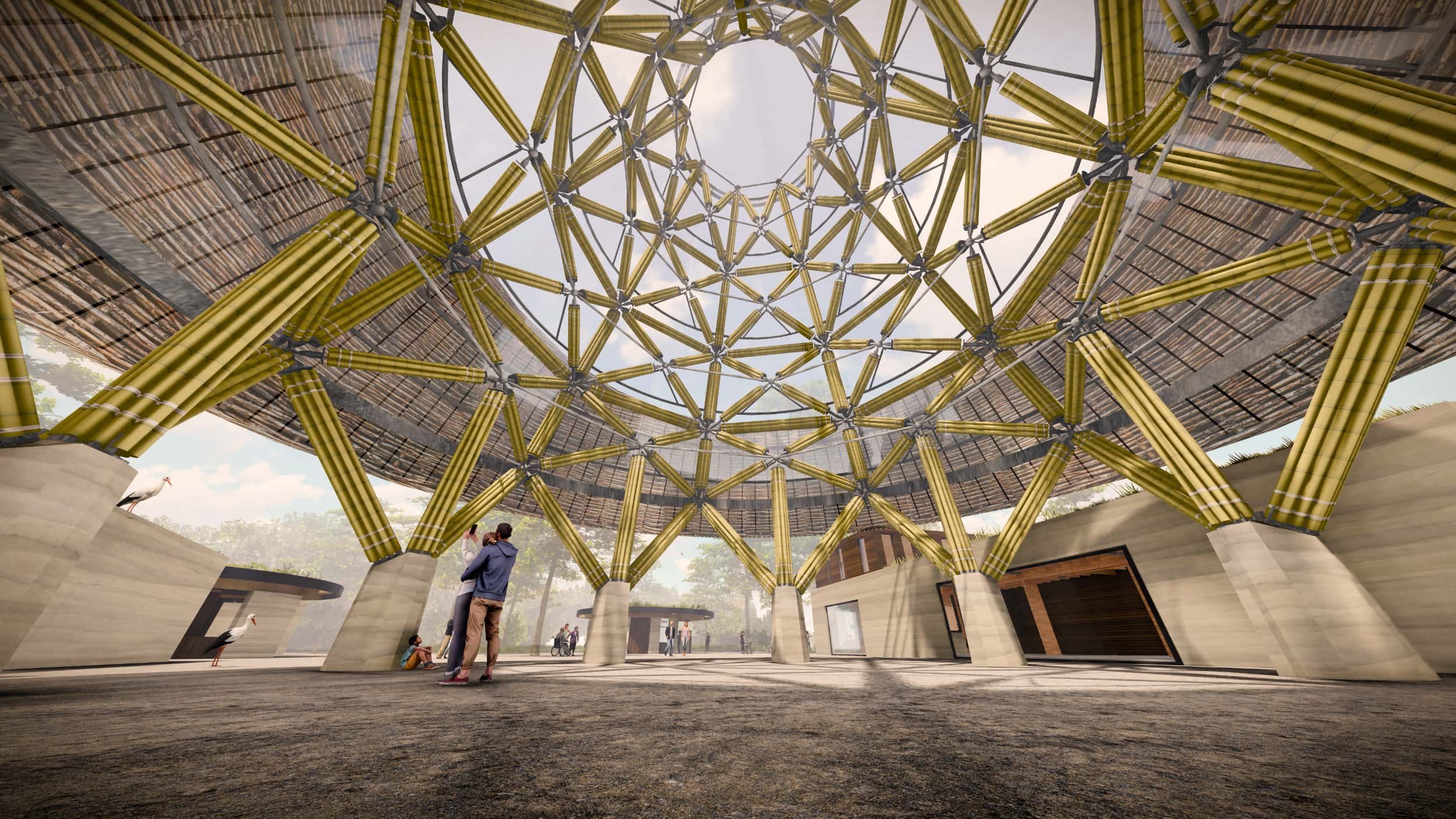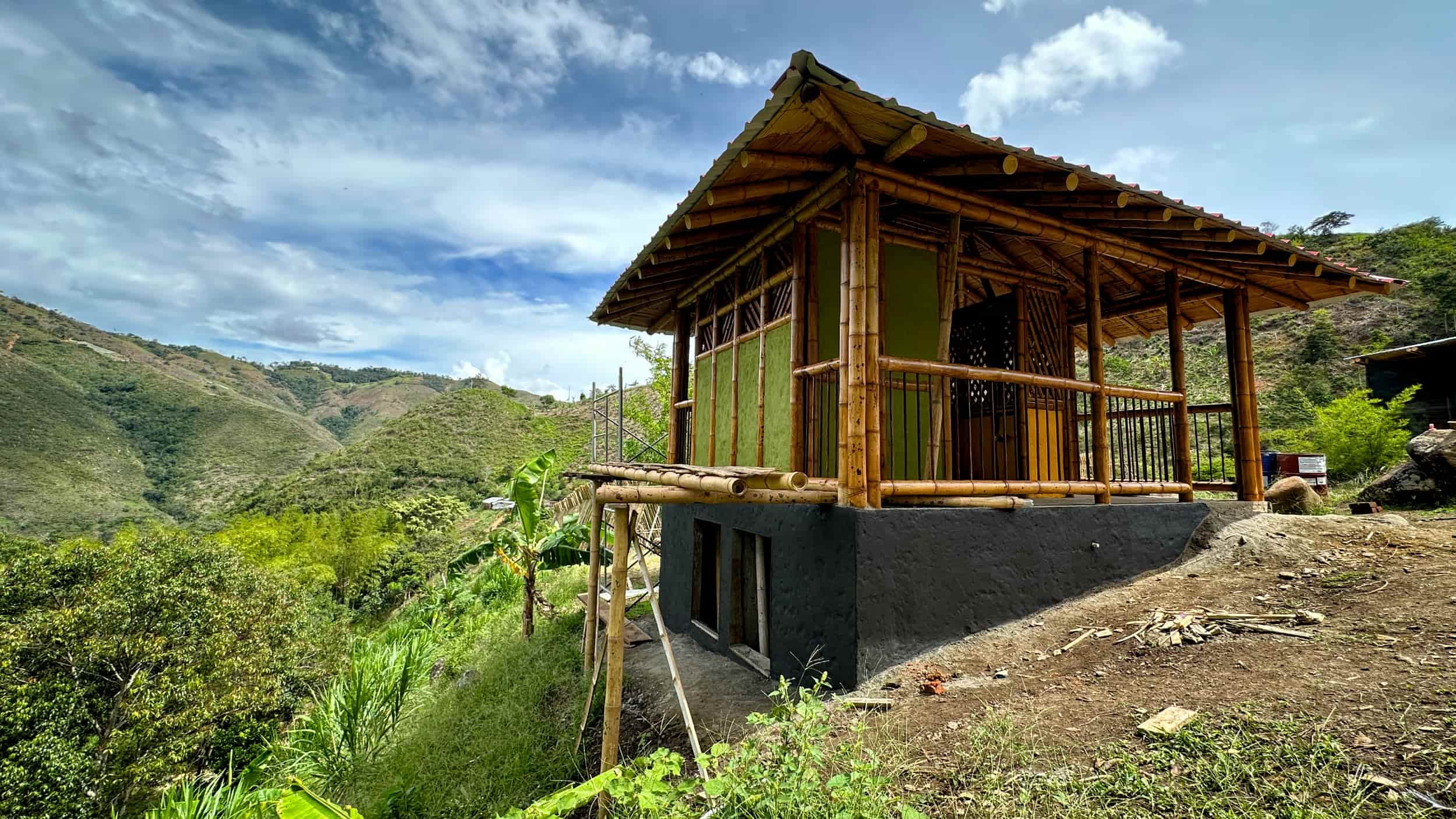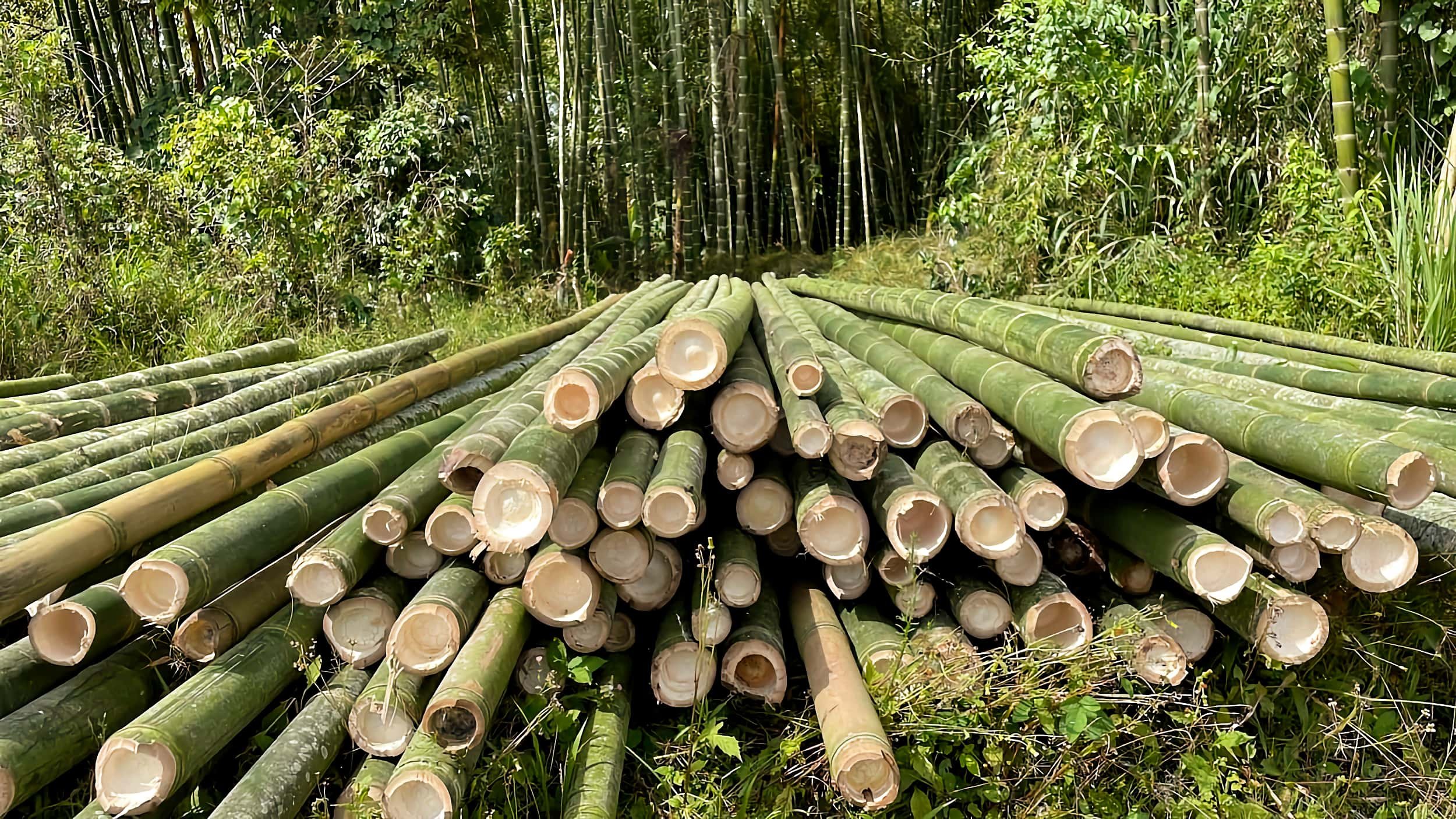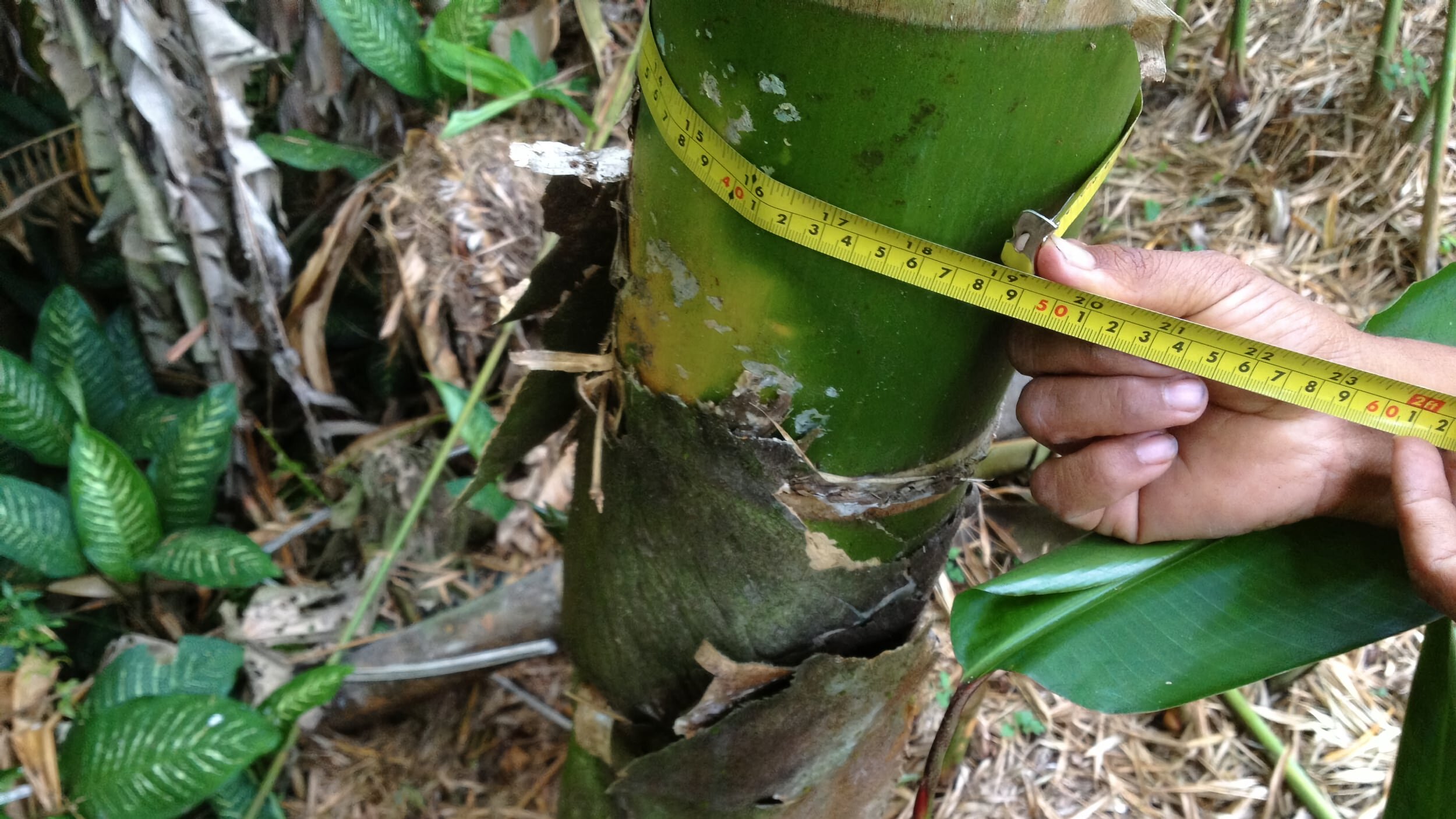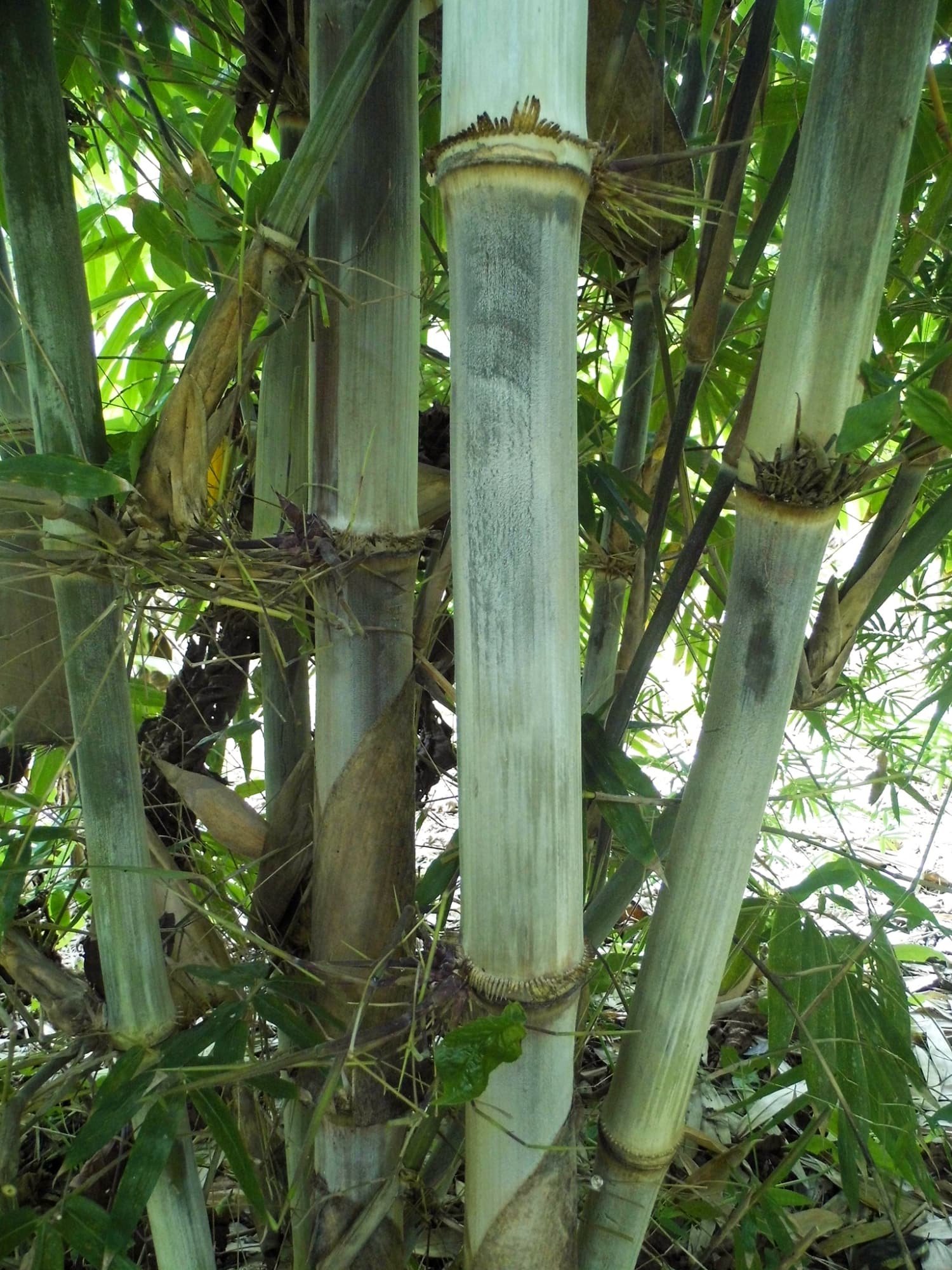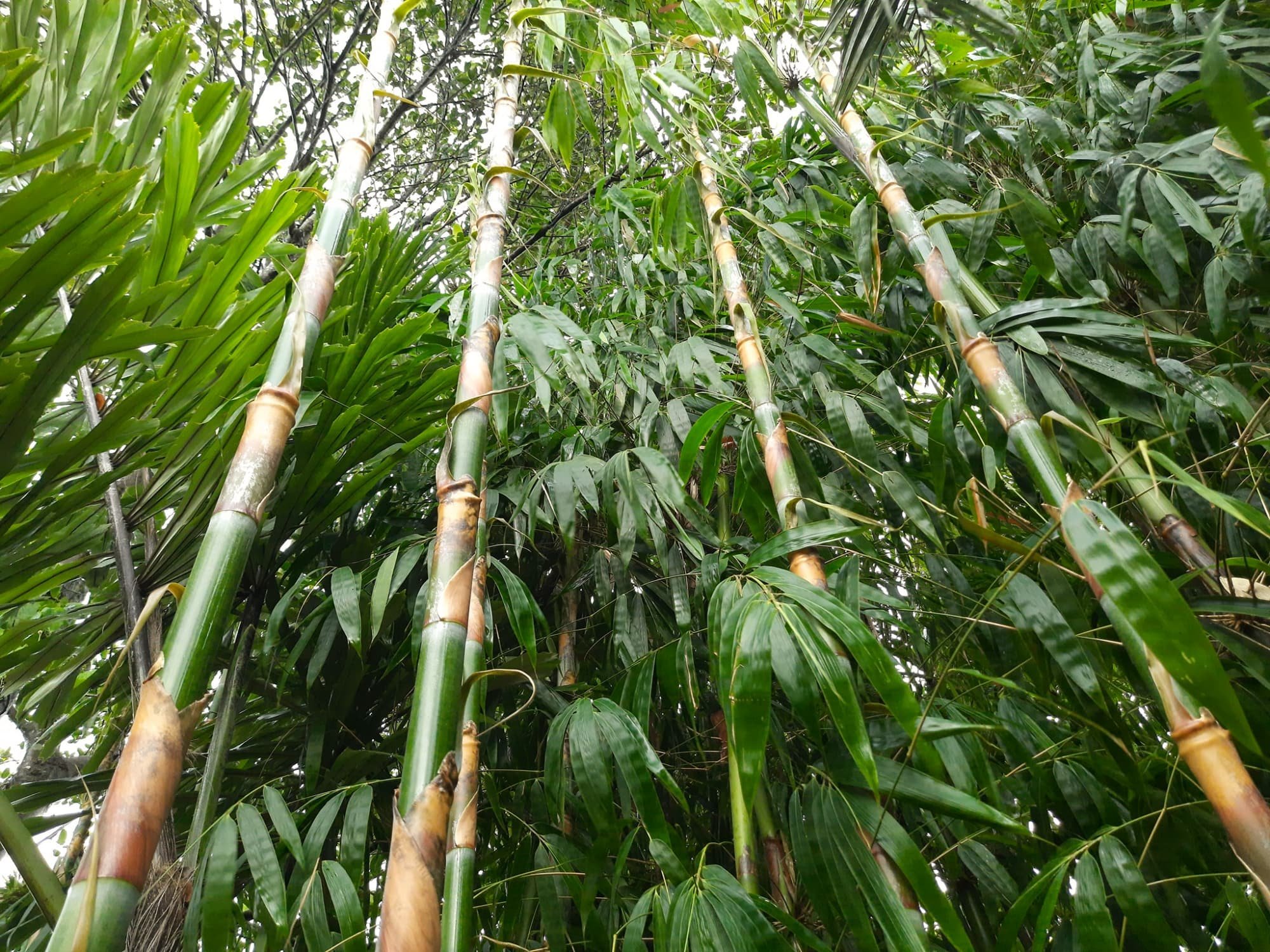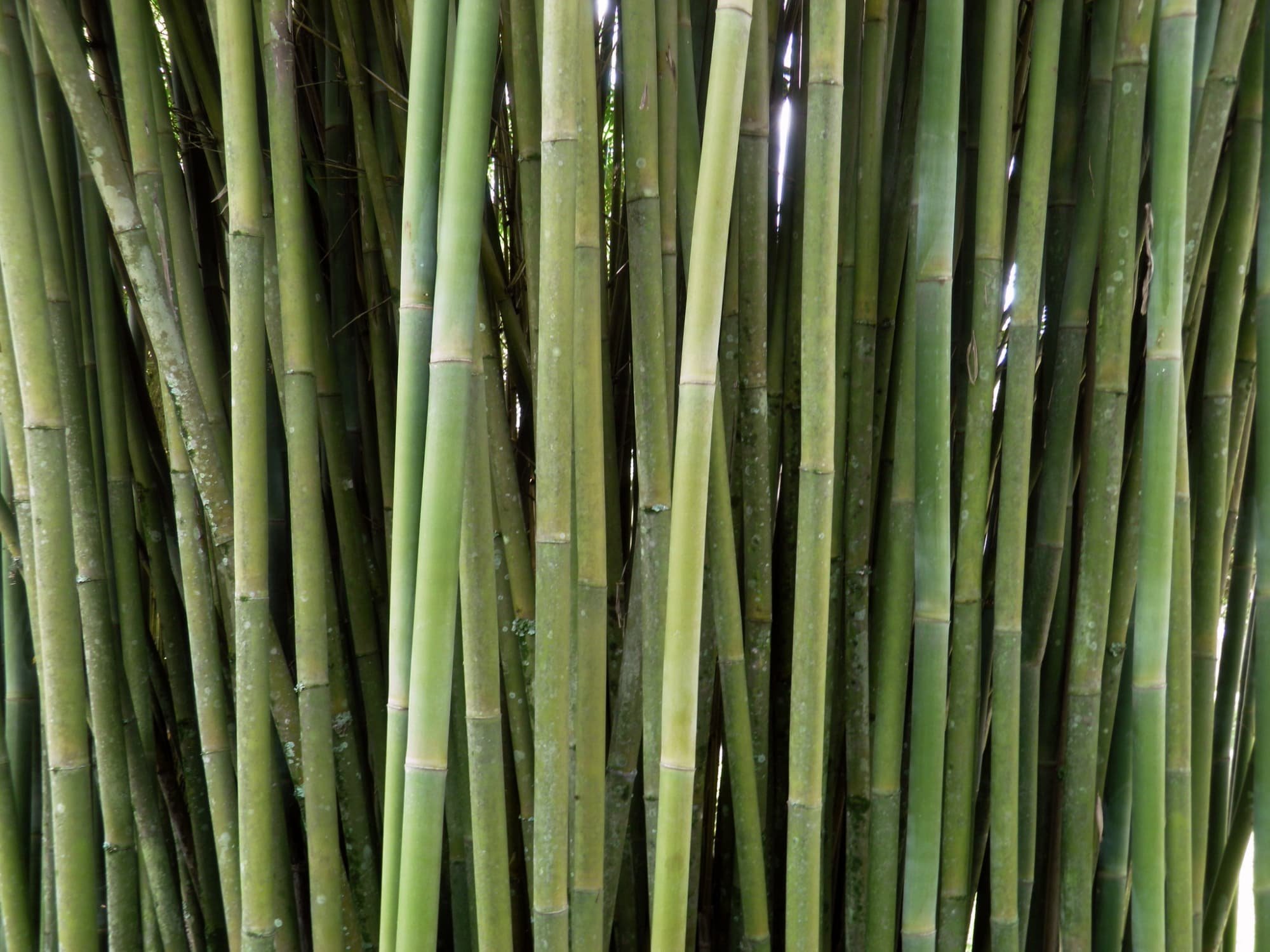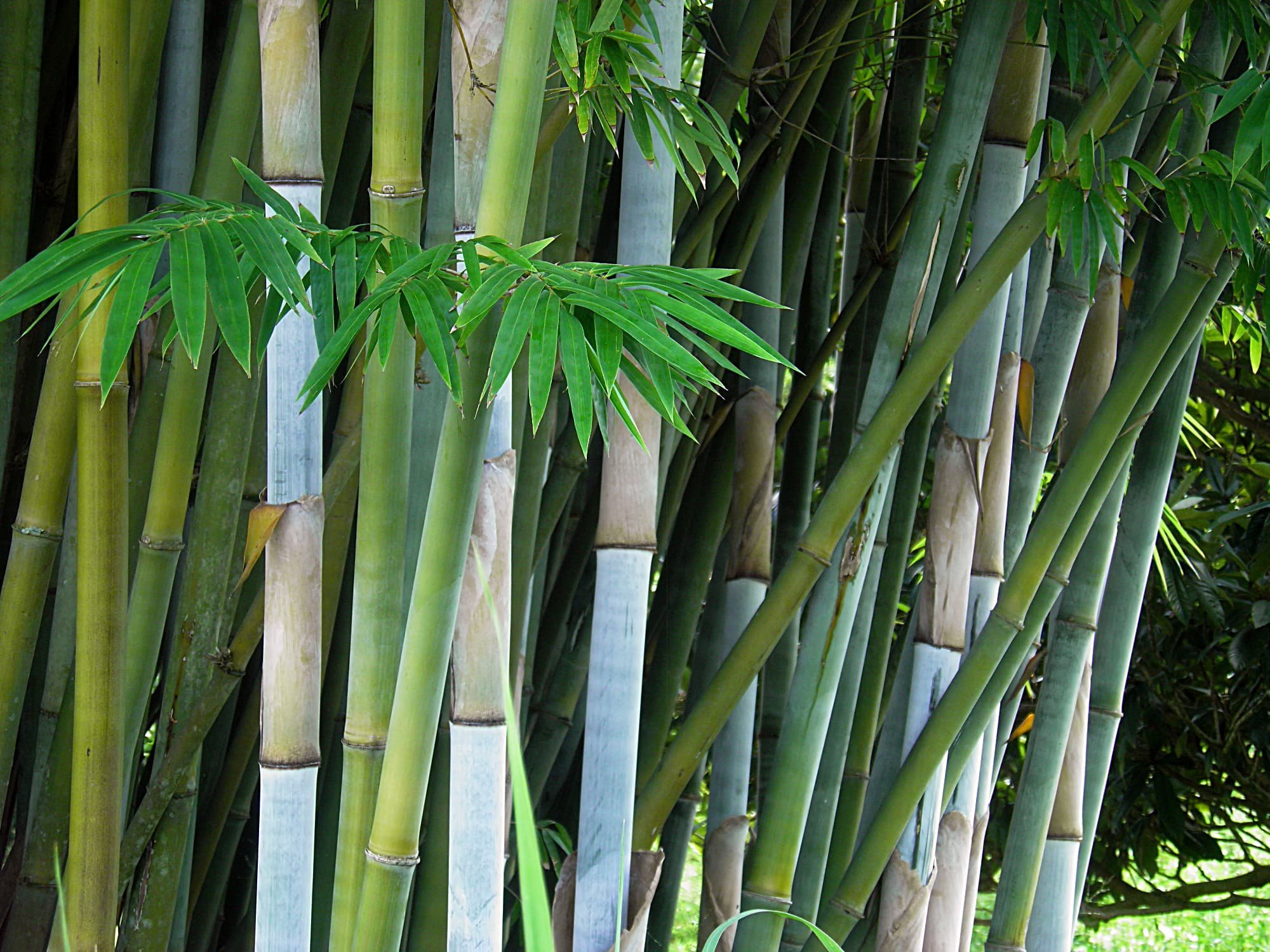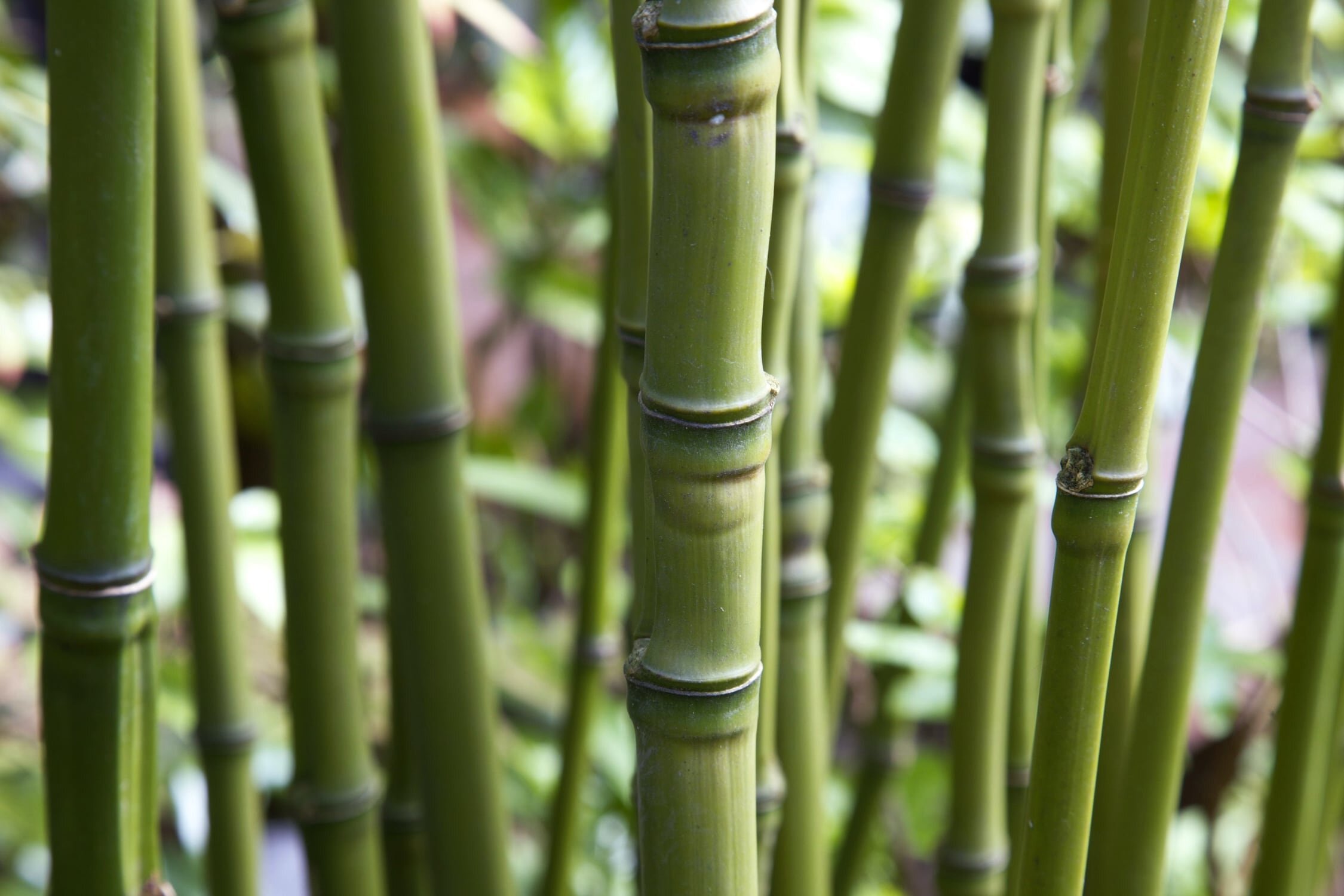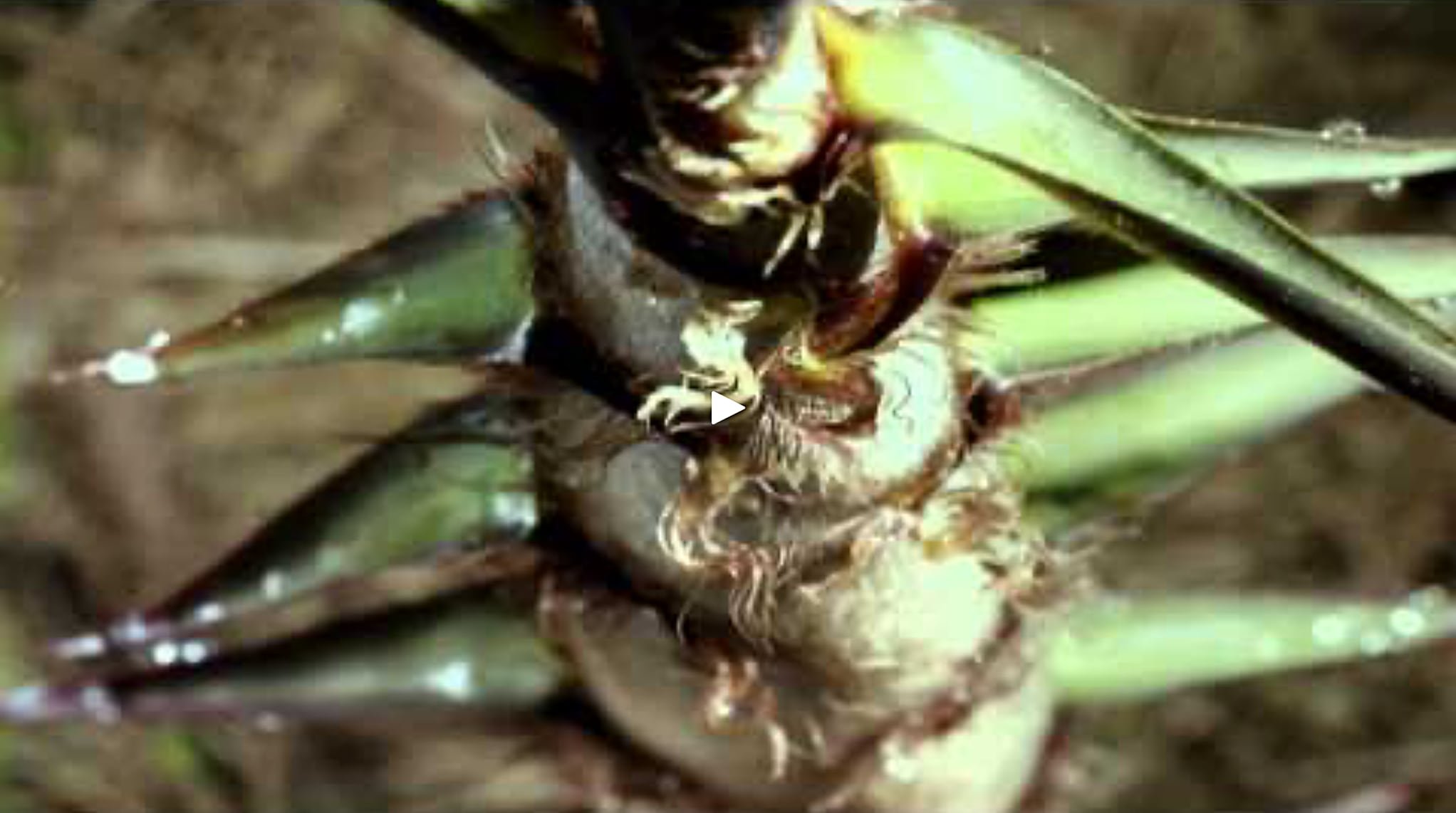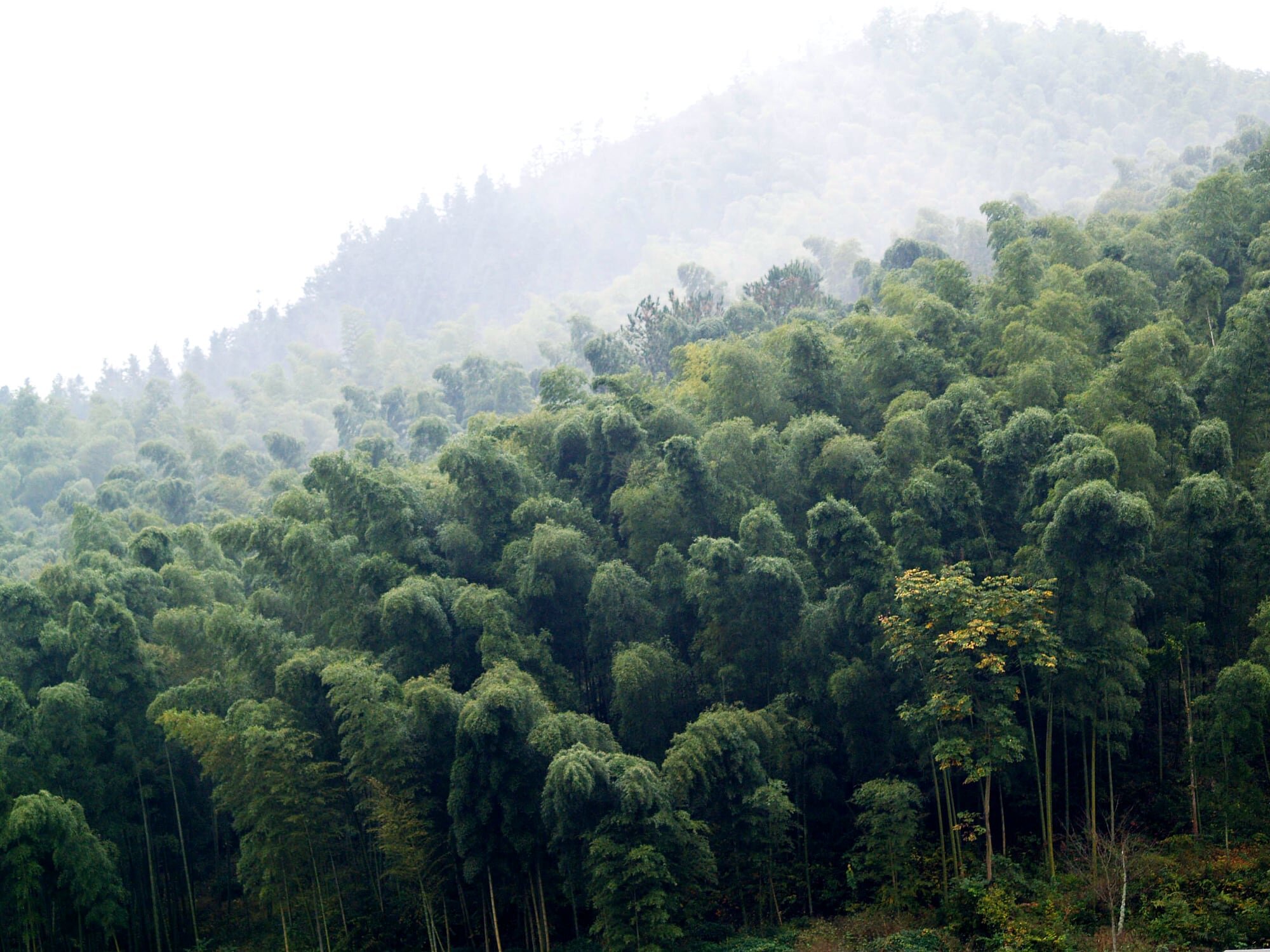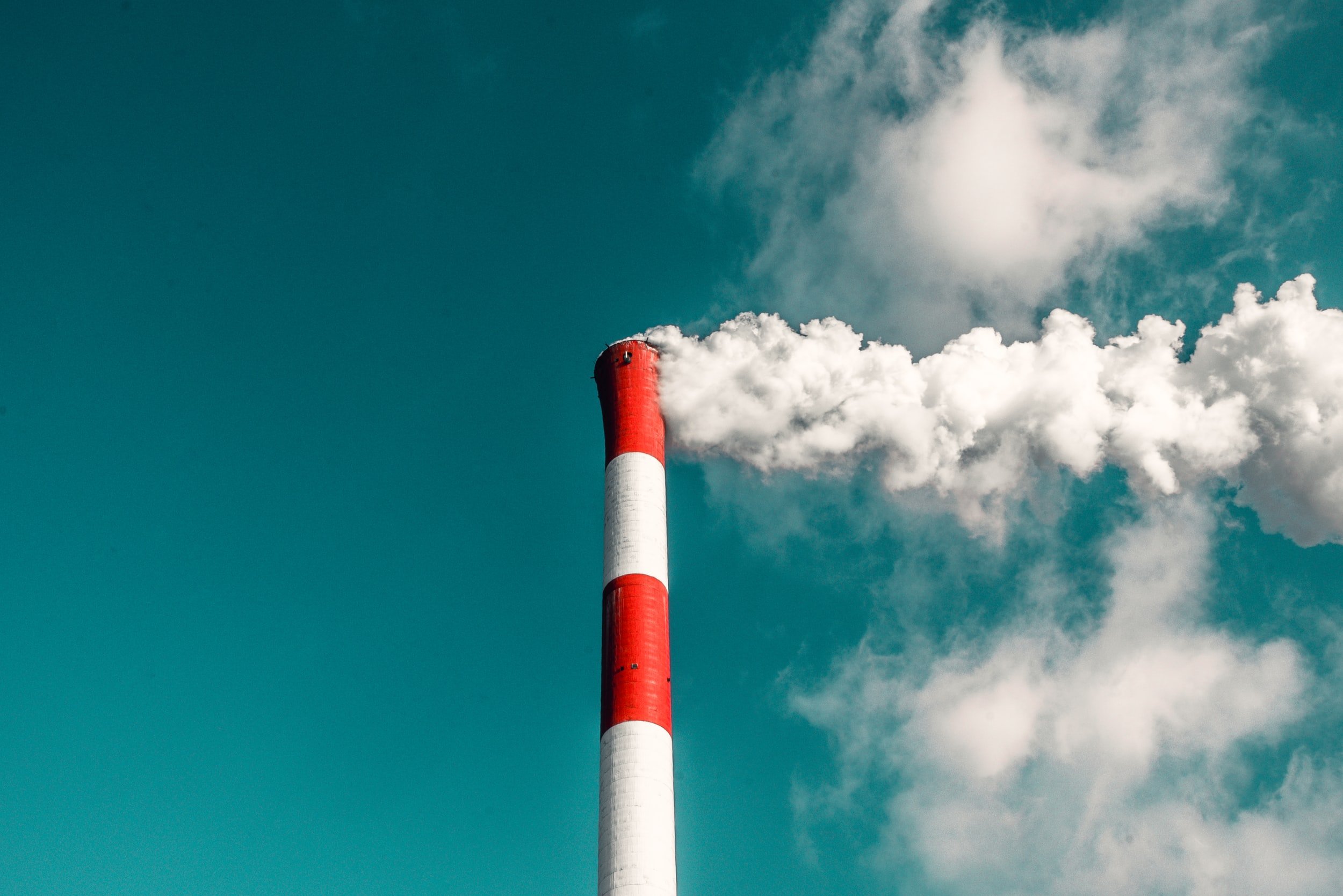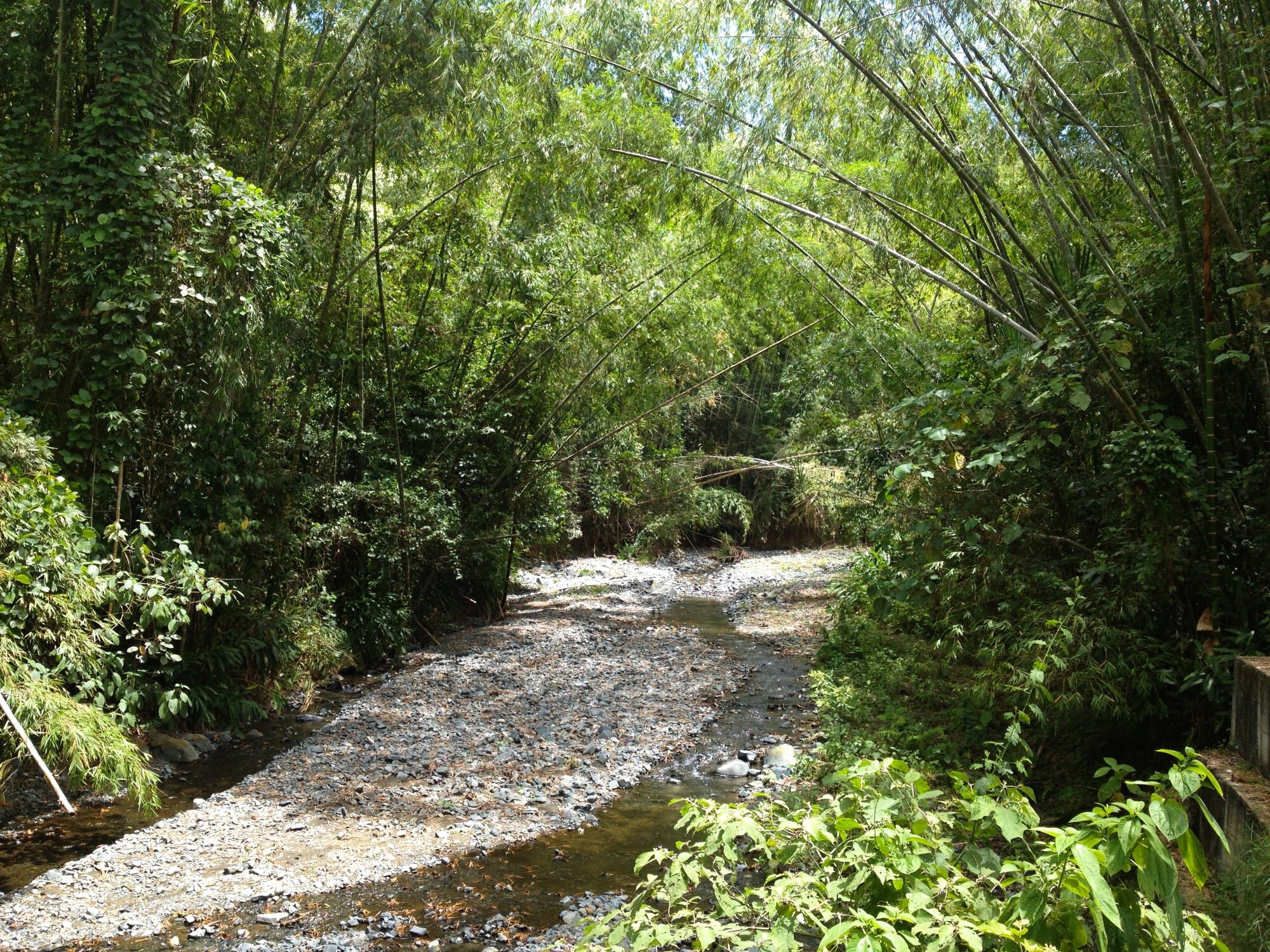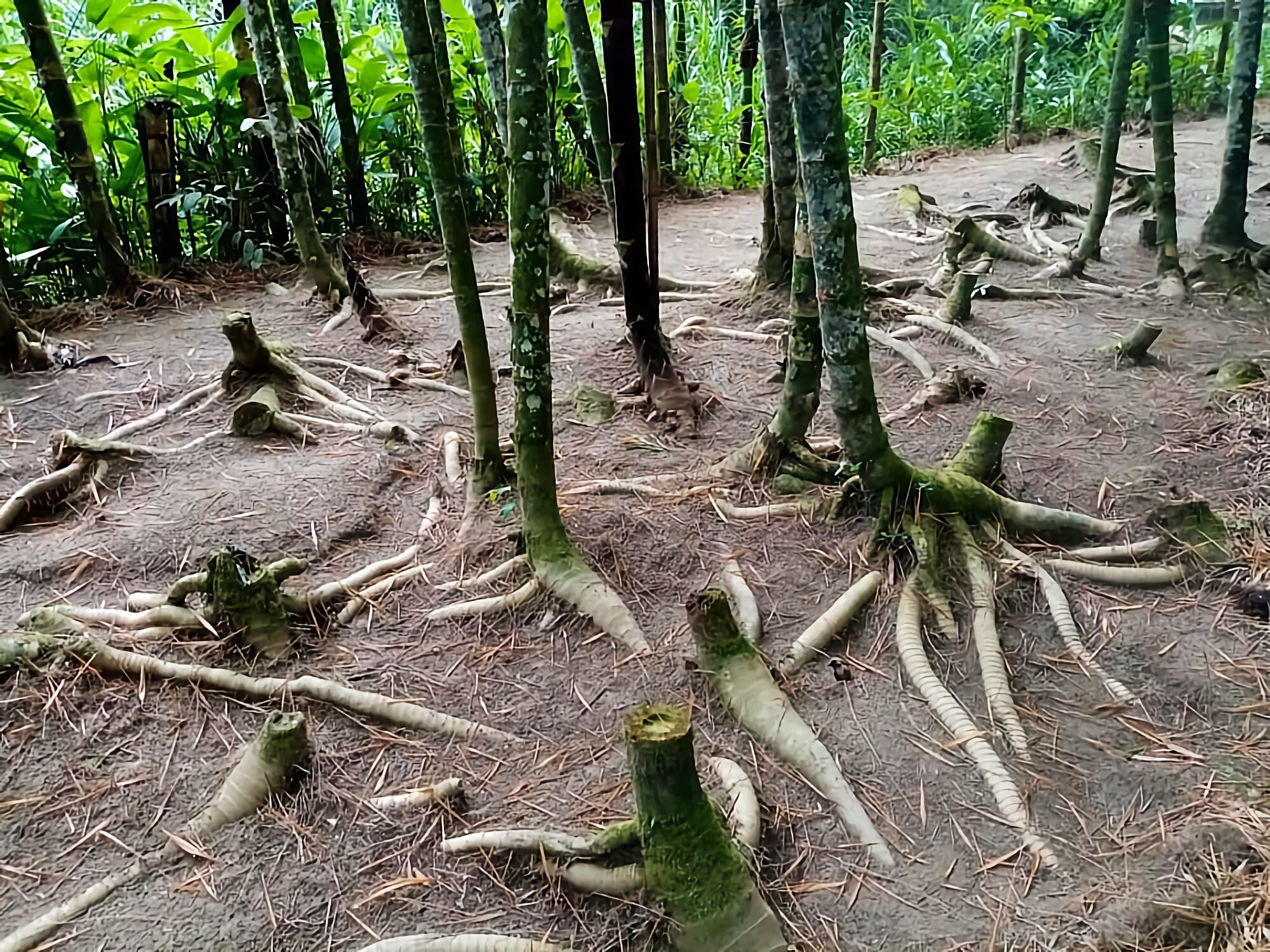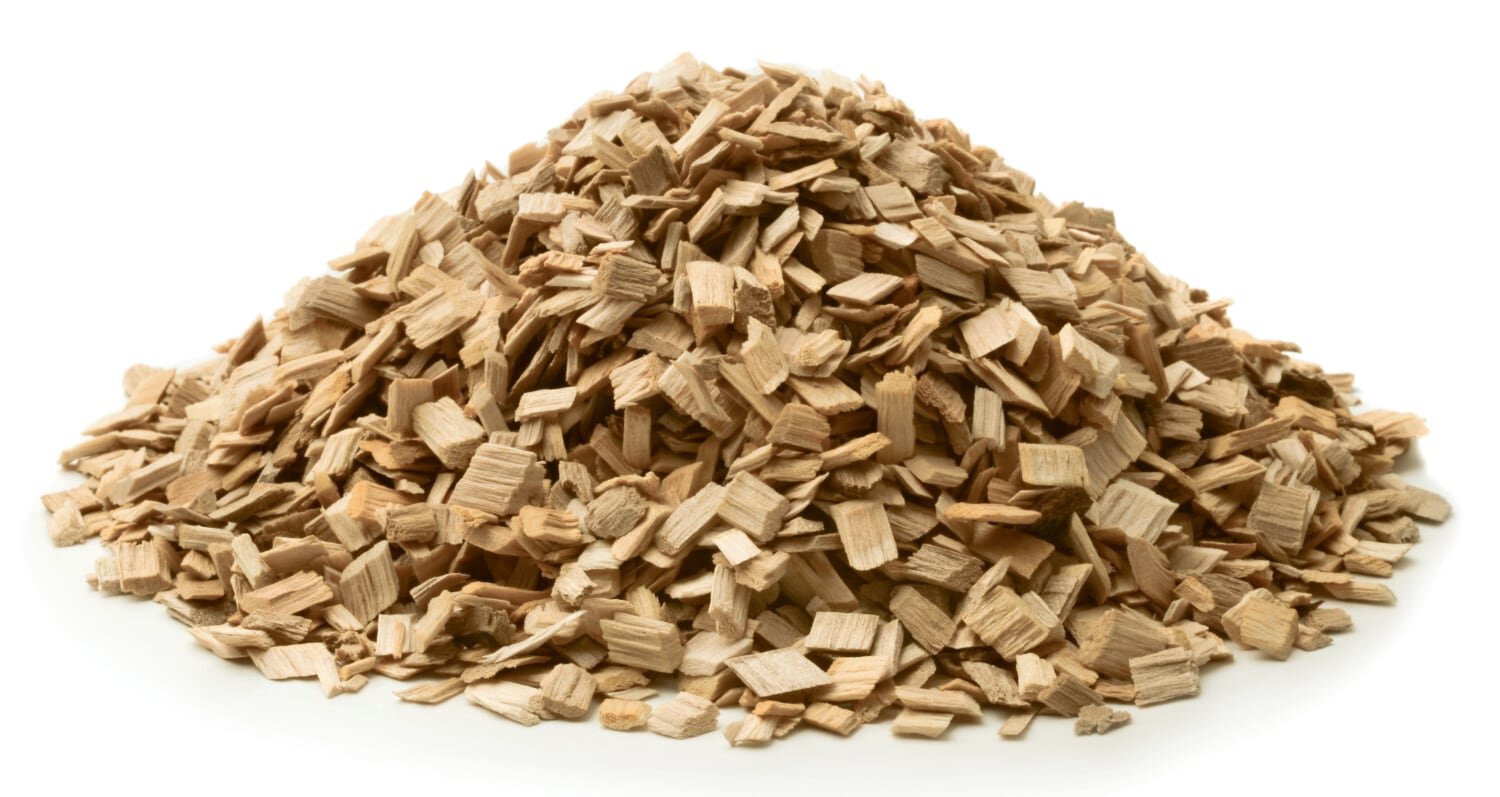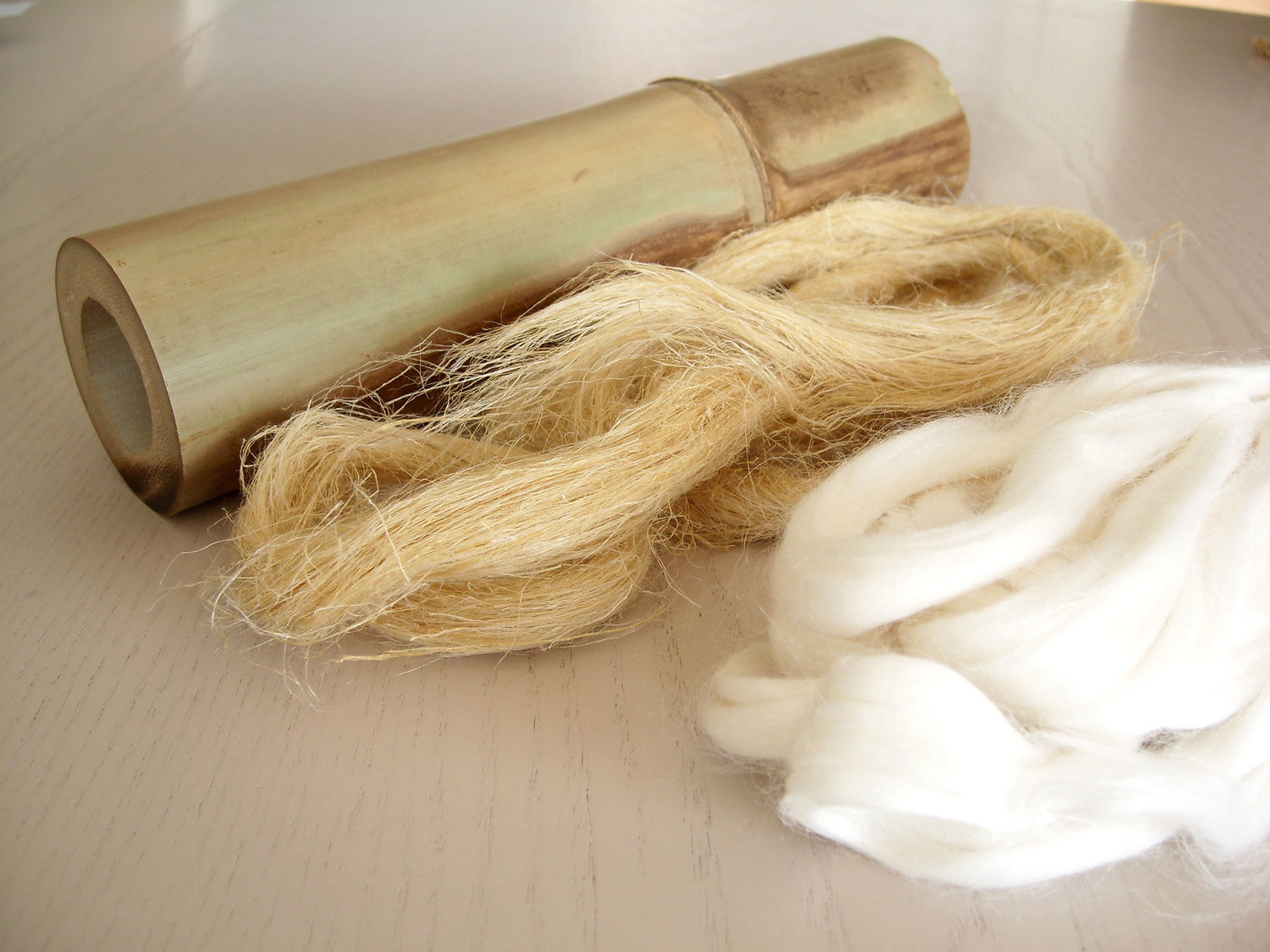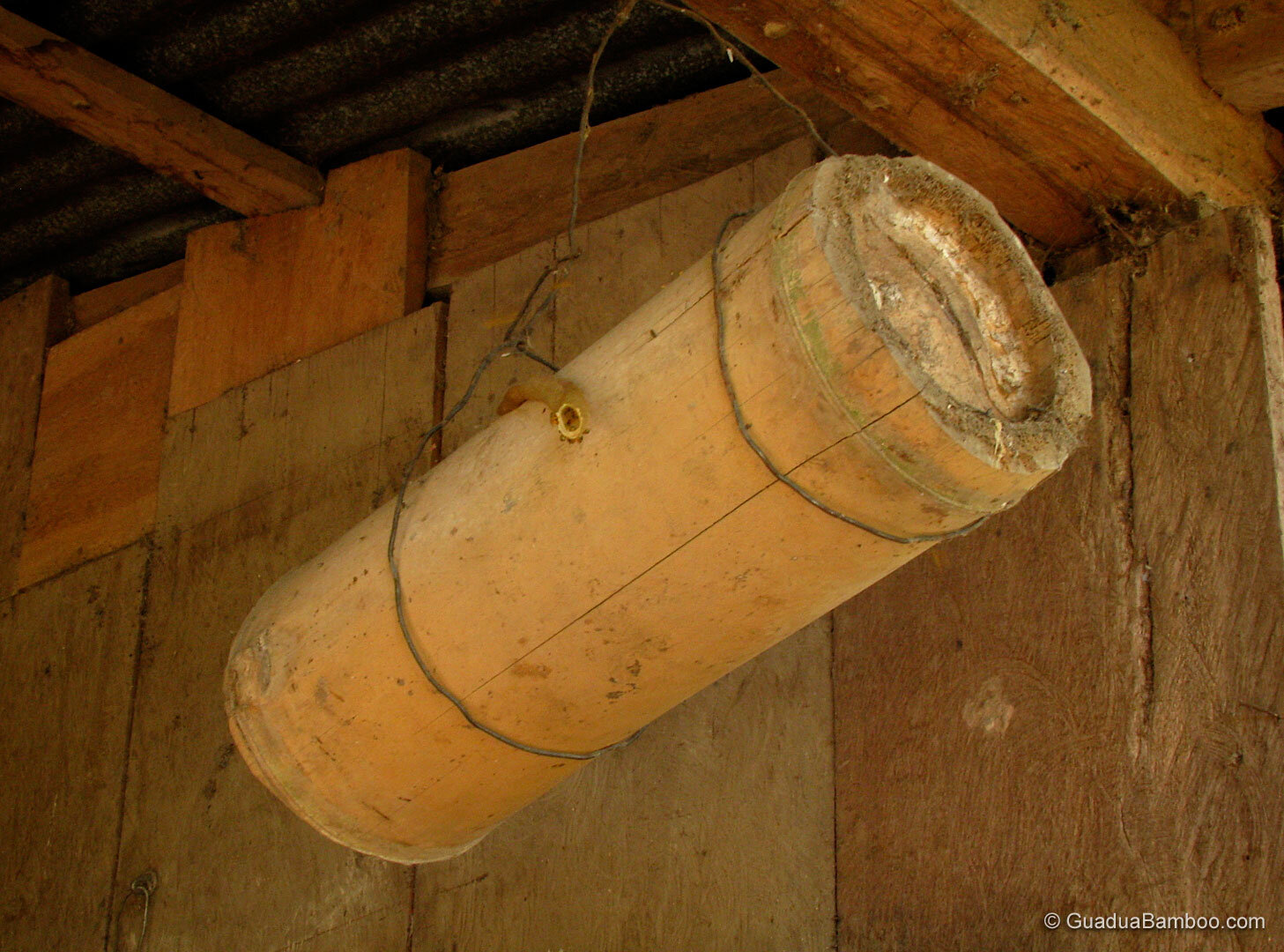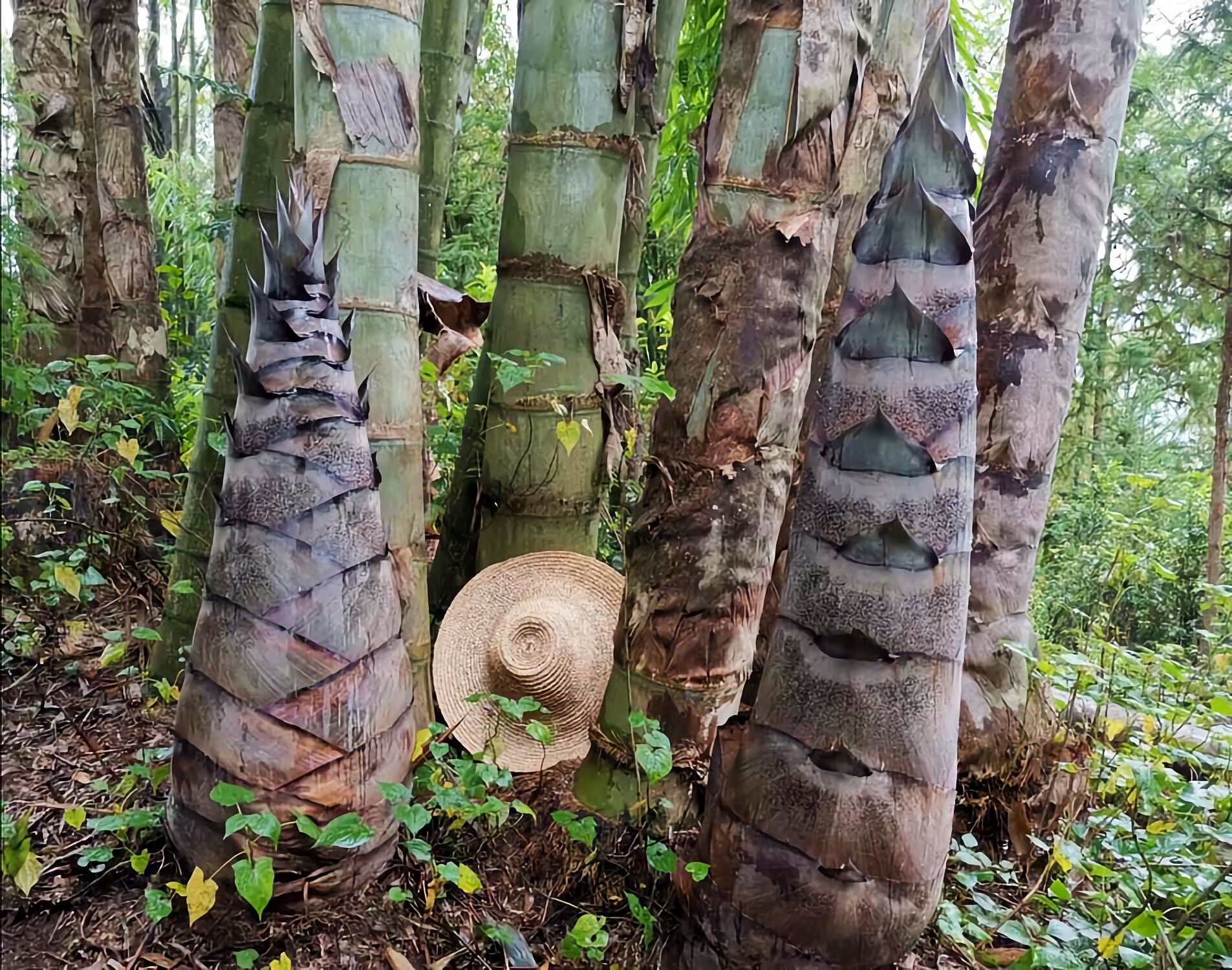Bamboo Produces more Oxygen than Trees
We all know that trees are a crucial element in the balance between oxygen and carbon dioxide in the atmosphere. Many blogs and websites state that bamboo produces 35% more oxygen than an equivalent stand of trees. But is this really true, and which species were used to come to that conclusion?

Moso Bamboo Forest in China
I decided to dig a little deeper into the subject and found out that the amount of oxygen produced by a tree or bamboo is directly related to the amount of sequestered carbon. The formula for calculating the net oxygen production of trees or bamboo is the following:
net O2 release (kg/yr) = net C sequestration (kg/yr) × 32/12
Reports state that the average tropical tree sequesters 22.6 kg of carbon per year over a period of 10 years, whereas the average Guadua Bamboo clump will sequester 77 kg of carbon a year over a period of 7 years. However, a plantation of tropical trees counts on average 600 trees per hectare, whereas the average Guadua plantation will only count 278 clumps.
If we simplify the above data by translating the numbers to tons per hectare, then Guadua sequesters on average 150 ton carbon per hectare (7 years after planting), vs tropical trees with an average of 95 ton carbon per hectare (7 years after planting).
In net oxygen production this means 400 ton for Guadua vs 253 ton for tropical trees. So, in this comparison it can be concluded that bamboo produces 58% more oxygen than trees.
Now if we would swap tropical Guadua bamboo with temperate Moso bamboo than bamboo would produce 32% more oxygen than trees since Moso sequesters 45% less carbon than Guadua.
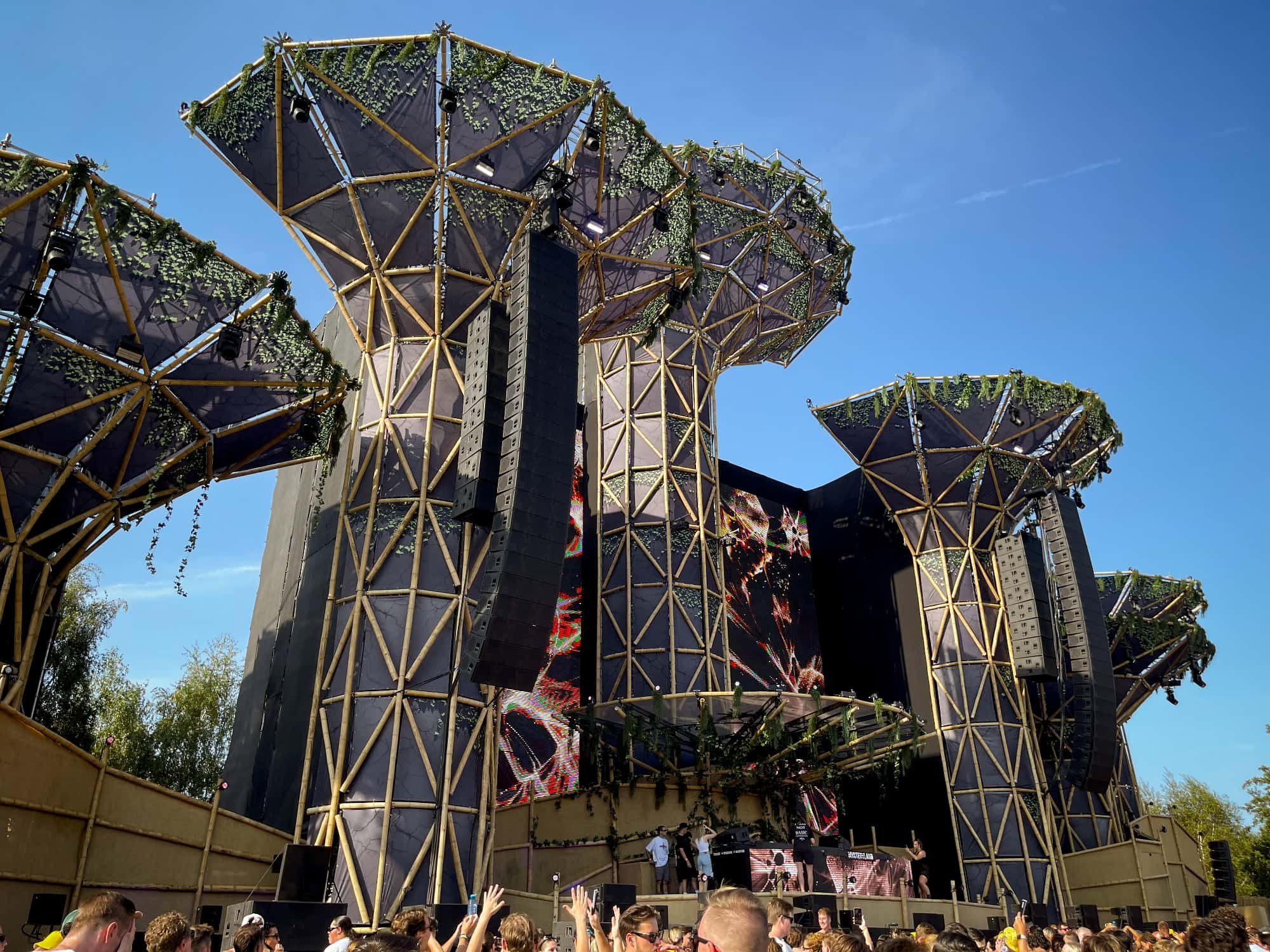
Guadua Bamboo SAS

